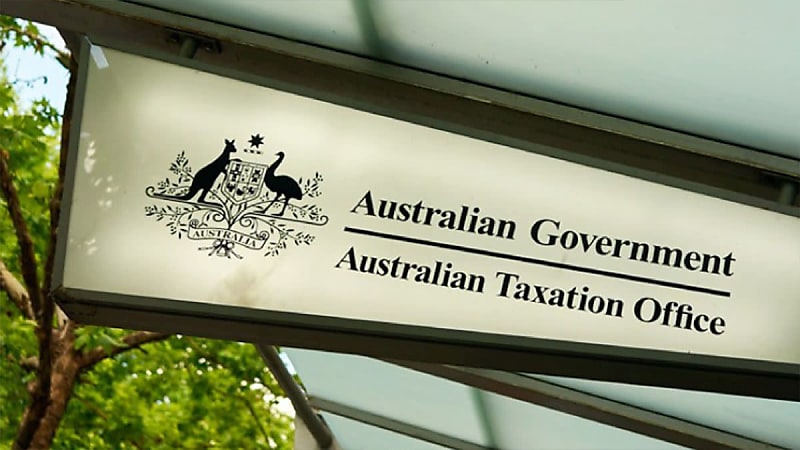Death benefit v member benefit payments tax ruling
A Private Binding Ruling from the ATO has highlighted the important distinction between a super member benefit and a super death benefit and the tax consequences for beneficiaries.
The ruling concerns whether an amount a member requested to be paid from their superannuation fund before their death, but was paid after their death, may be classified as a member benefit instead of a death benefit.
The PBR (1052179436983) published on January 8, 2024, concerns payment from a member’s account requested shortly before their passing but paid after death in a series of lump sum payments in a period between 2020 and 2021.
The facts of the case show the member, who was born in 1933 and died in 2020, was a member of an SMSF with a corporate trustee.
The member had met the conditions of release at the time of the request to release payments and wind up the SMSF and in 2020 the redemption proceeds began to be received into the SMSF’s cash account.
Six lump-sum payments were withdrawn from the fund's cash account during 2020-21 and payments were received into the member's personal bank account.
In an email in 2023, the executor of the member's deceased estate stated the distributions had been paid in increments because there was a daily banking limit.
Furthermore, the facts stated that in 2016, the member had signed a Binding Death Benefit Nomination form, requesting their benefits in the SMSF be distributed equally between their five children.
According to SIS regulations, the member had already satisfied the condition of release which had 'nil' cashing restrictions and under regulation 6.12, the member's benefits were all converted to unrestricted non-preserved benefits.
Under the regulations, a trustee of a regulated superannuation fund can only pay superannuation benefits according to the fund's governing rules, including the fund's trust deed and relevant legislation.
The trustee of the superannuation fund must assess whether the amount that the member requested to be paid is a member benefit or a death benefit based on the facts known at the time of the payment, including:
- The terms of the member's request.
- The terms of the trust deed and any other governing rules.
- The fund trustee's knowledge at the time that the payment is made (including whether they are aware that the member has died).
- The entity that the payment is being paid to.
- The circumstances and timing of the payment.
- Whether the payment is made because of and consistent with the member's request.
“At the time the member submitted the payment request, the member had already satisfied a 'nil' condition of release attaining the age of 65 years and their superannuation benefits had been converted to unrestricted non-preserved benefits,” the ruling stated.
This meant they were entitled to voluntarily cash their benefits at any time (consistent with sub-regulation 6.20(1) of the SISR); cash the whole or a part of their benefits (consistent with sub-regulation 6.20(2) of the SISR), and cash the benefits as one or more lump sums (paragraph 6.20(3)(a) of the SISR) or one or more pensions (paragraph 6.20(3)(b) of the SISR).
However, there are a number of factors that must be considered to determine whether the superannuation payment is a member benefit or a death benefit.
These include that the member requested, via their enduring PoA, that their benefits in the fund be paid out as a lump sum into their personal bank account.
“As the member had satisfied the conditions of release they were entitled to either cash out the entirety of their benefits at their discretion, or required to cash their benefits out as soon as practicable, depending on whether the superannuation payment was determined to be a member benefit or a death benefit,” the ruling stated.
In this case, a clause in the fund’s trust deed allowed the member to withdraw their superannuation benefit where they satisfied a condition of release, and a sub-clause stated this benefit could be paid out as a lump sum.
Additionally, the director of the corporate trustee was both the member's son and the member's enduring PoA and would have had immediate knowledge of the member's passing.
“The difficulty lies in the timing of the redemption proceeds into the fund's bank account, and the payment of the distributions into the member's bank account,” the ruling continued.
“The bank statements show that the fund's financial planner commenced the redemption process for the fund's managed investments on the Tuesday and Wednesday of the week following the request and the fund started receiving these redemption proceeds into its bank account on the Friday. However, the member passed away on Saturday and the first payment was made on the following Monday.”
No information was provided to determine the fund's financial planner's level of knowledge concerning the member's passing at the time the payments were made, but the PBR stated that the paramount consideration is that all of the payments were made after the member's death, with the trustee's knowledge that the member had passed.
The PBR concluded that the incremental lump sum payments into the member's bank account, is a superannuation death benefit and the tax treatment in Division 302 of the Income Tax Assessment Act 1997 should apply to the benefit.


